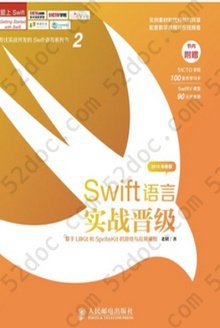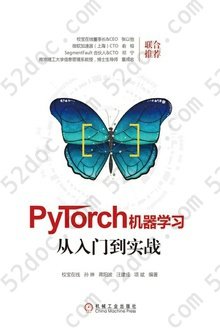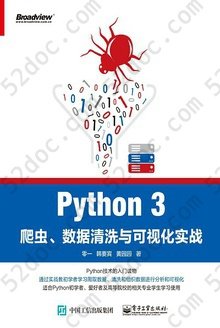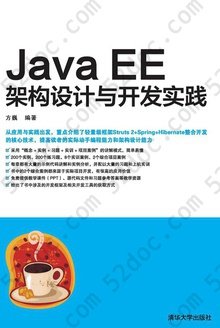注重体验与质量的电子书资源下载网站
分类于: 编程语言 设计
简介

Performance and Evaluation of Lisp Systems (Computer Systems Series) 豆 0.0分
资源最后更新于 2020-10-28 12:17:09
作者:Richard P. Gabriel
出版社:The MIT Press
出版日期:1985-01
ISBN:9780262571937
文件格式: pdf
简介· · · · · ·
This final report of the Stanford Lisp Performance Study, conducted over a three year period by the author, describes implementation techniques, performance tradeoffs, benchmarking techniques, and performance results for all of the major Lisp dialects in use today. A popular highlevel programming language used predominantly in artificial intelligence, Lisp was the first languag...
目录
Chapter 1 Introduction 1
1.1 Levels of Lisp System Architecture 2
1.2 Lisp Operation Level 18
1.3 Major Lisp Facilities 20
1.4 The Art of Benchmarking 23
Chapter 2 The Implementations 31
2.1 MacLisp 31
2.2 MIT CADR 34
2.3 Symbolics 36
2.4 LMI Lambda 42
2.5 S-1 Lisp 46
2.6 Franz Lisp 51
2.7 NIL 54
2.8 Spice Lisp 58
2.9 Vax Common Lisp 63
2.10 Portable Standard Lisp 66
2.11 Xerox D-Machine 73
Chapter 3 The Benchmarks 81
3.1 Tak 81
3.2 Stak 93
3.3 Ctak 99
3.4 Takl 105
3.5 Takr 110
3.6 Boyer 116
3.7 Browse 136
3.8 Destructive 146
3.9 Traverse 153
3.10 Derivative 170
3.11 Data-Driven Derivative 175
3.12 Another Data-Driven Derivative 181
3.13 Division by 2 186
3.14 FFT 193
3.15 Puzzle 203
3.16 Triangle 217
3.17 File Print 227
3.18 File Read 232
3.19 Terminal Print 236
3.20 Polynomial Manipulation 240
3.21 Conclusions 275
References 277
Index 281
1.1 Levels of Lisp System Architecture 2
1.2 Lisp Operation Level 18
1.3 Major Lisp Facilities 20
1.4 The Art of Benchmarking 23
Chapter 2 The Implementations 31
2.1 MacLisp 31
2.2 MIT CADR 34
2.3 Symbolics 36
2.4 LMI Lambda 42
2.5 S-1 Lisp 46
2.6 Franz Lisp 51
2.7 NIL 54
2.8 Spice Lisp 58
2.9 Vax Common Lisp 63
2.10 Portable Standard Lisp 66
2.11 Xerox D-Machine 73
Chapter 3 The Benchmarks 81
3.1 Tak 81
3.2 Stak 93
3.3 Ctak 99
3.4 Takl 105
3.5 Takr 110
3.6 Boyer 116
3.7 Browse 136
3.8 Destructive 146
3.9 Traverse 153
3.10 Derivative 170
3.11 Data-Driven Derivative 175
3.12 Another Data-Driven Derivative 181
3.13 Division by 2 186
3.14 FFT 193
3.15 Puzzle 203
3.16 Triangle 217
3.17 File Print 227
3.18 File Read 232
3.19 Terminal Print 236
3.20 Polynomial Manipulation 240
3.21 Conclusions 275
References 277
Index 281








